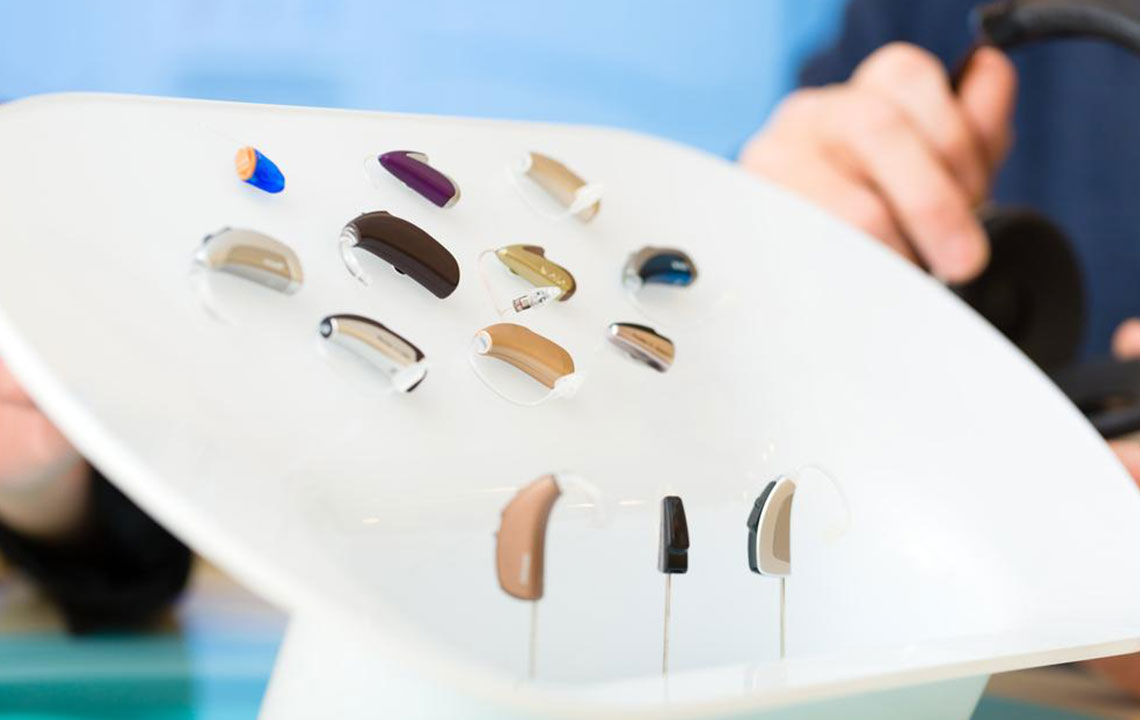Comprehensive Guide to the High Costs of Hearing Aids and How to Make Informed Choices
This comprehensive guide explores why hearing aids often carry high costs and details the factors influencing their price. It covers technology levels, included services, warranties, and how to choose the right device based on individual needs and budgets. Understanding these aspects helps consumers make informed decisions and invest wisely in their hearing health, ensuring they receive value for their money and effective support throughout their device's lifespan.

Understanding the High Cost of Hearing Devices: A Complete Guide
Hearing aids and devices are essential tools for millions of individuals experiencing hearing loss. Despite their importance, many potential users are discouraged by the high costs associated with acquiring these devices. The common question is, why do hearing aids often come with such a hefty price tag? This guide aims to demystify the factors that contribute to the expenses of hearing devices, helping consumers make well-informed decisions based on their needs and budgets.
The typical price range for hearing aids varies significantly, generally falling between $1,000 and over $4,000 per device. In many cases, insurance plans do not cover the full cost, leaving individuals responsible for the entire expenditure. The final price of a hearing aid depends heavily on multiple factors, including technological advancements, additional features, and the level of ongoing support and services provided by the manufacturer or clinic.
Understanding what influences the cost of hearing aids is crucial. These costs encompass more than just the physical device; they also include comprehensive services designed to ensure optimal performance and user satisfaction. These services might include initial evaluations, device fittings, follow-up appointments, routine maintenance, replacement batteries, and warranties that can extend from one to several years. Each of these components adds to the overall expense but also enhances the effectiveness and lifespan of the device.
It is important to recognize that hearing aid devices are not one-size-fits-all products. They are customized to suit diverse user needs, preferences, and financial situations by offering different levels of technology and features. Entry-level models typically provide basic amplification and user-friendly functions, making them affordable options for those with mild hearing loss. Conversely, premium models incorporate advanced features like active noise cancellation, wireless connectivity, real-time sound processing, and Bluetooth compatibility, which significantly increase their costs but also provide a richer auditory experience.
Long-term support services such as warranties, repairs, and follow-ups are integral to the overall cost. Many manufacturers offer warranties ranging from one to five years, covering repairs and sometimes including lost device replacement, which can be a valuable feature. Extended warranties for up to three or five years may be worth considering if you want peace of mind regarding potential repairs or device malfunctions.
Choosing the right hearing aid involves understanding the technology and features that suit your hearing profile, lifestyle, and budget. It’s vital to evaluate what’s included in the purchase price. For instance, some providers offer bundled services such as free follow-up visits, device recalibration, or app-based controls, which add value. Others may charge separately for these services.
In summary, while the upfront cost of hearing aids may seem daunting, it reflects a combination of cutting-edge technology, personalized fitting, comprehensive support, and long-term maintenance. When considering a purchase, always inquire about what is included in the price, warranty coverage, and available financing options. Taking the time to research and compare different models and providers will help you find a device that best meets your health needs and financial situation.
In conclusion, understanding the factors behind the high cost of hearing aids empowers consumers to make informed choices. Whether opting for affordable entry-level options or investing in advanced premium models, awareness of what each price point offers ensures you select a device that enhances your quality of life while respecting your budget. Remember, investing in a good hearing aid is an investment in your health and wellbeing, providing significant benefits that extend well beyond simple sound amplification.




